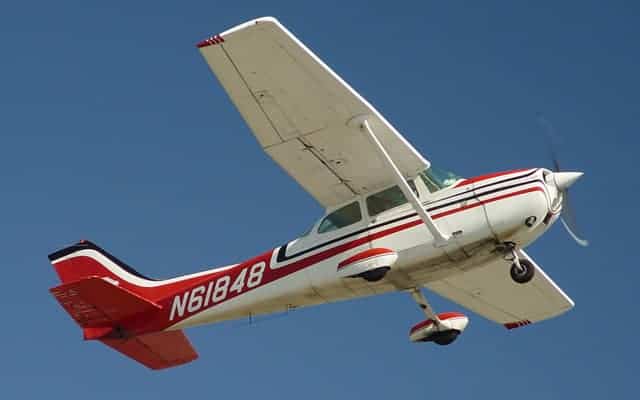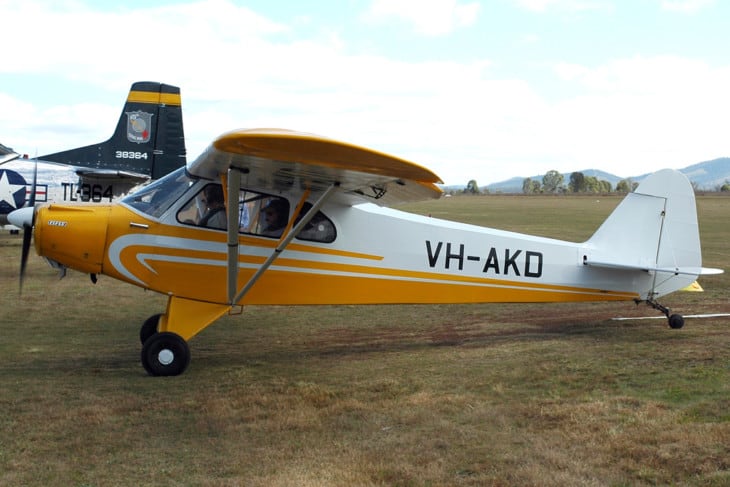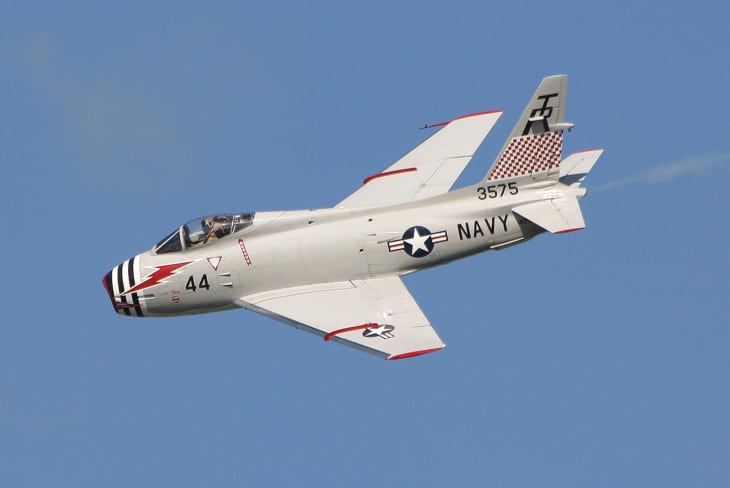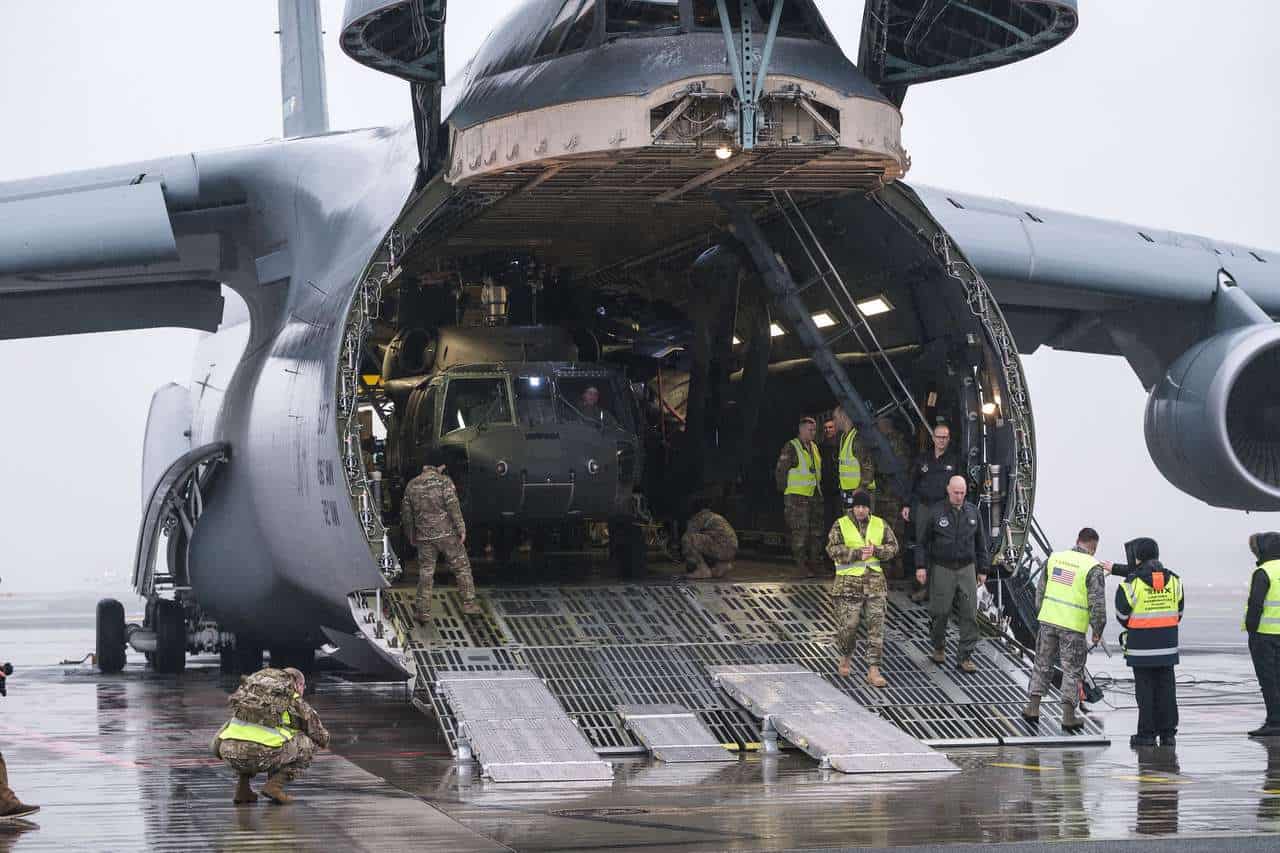Have you ever wondered what the numbers and letters on an airplane mean? On some planes, they are huge, while on others, they look tiny. And do they all start with N? Let’s answer some of these common questions about airplane tail numbers.
Table of Contents
What is an Airplane Tail Number?
Tail numbers, or N-numbers in the United States, are unique identification numbers on all aircraft. They work just like license plates do on cars, but they serve several more functions on planes. Look at any airplane in the world, and they all have an individual ID painted on their sides.
Every country requires aircraft to be registered by some central government agency. And just like automobile license plates, these numbers are used to track an aircraft’s sale history and ownership for tax collection, regulation and law enforcement, and titling.
Airplane owners use and know their tail number much more intimately than car owners know their license plate number, though. When flying an airplane, that plane is known by its tail number. It acts like the plane’s name. In a company that owns a fleet of identical Cessna 172s, the planes are referred to by their tail numbers.

Additionally, the airplane’s radio callsign is nearly always its tail number. The pilot will refer to themselves by the type of plane they are flying on the radio, followed by the tail number read out in the phonetic alphabet. So, a Cessna 172 Skyhawk with tail number N123SP would be “Skyhawk November one two three sierra papa” on the radio.
Tail numbers are often shortened on the radio. If no other similar callsigns are on the radio, the controller may begin calling the flight “Skyhawk three sierra papa.”
Other Radio Callsigns
Tail numbers are not the only way that aircraft identify themselves on the radio, however. Whether cargo or passenger, companies often use their company names and flight numbers for scheduled airline service. This serves a few purposes. For one, it makes it easier for the airline to make equipment changes as necessary.
Airline callsigns don’t always make sense. Some callsigns are handed down from airlines that were bought out long ago. One example is US Airways, whose callsign was “Cactus.” Cactus was kept after US Airways merged with America West. US Airways eventually merged with American, and the catchy callsign is now just a footnote in history.
Callsigns are a mix of functional and catchy. American is “American,” but Hawaiian is “Hawaii Five-Oh.” British Airways uses “Speedbird,” a throw-back to the Concorde’s glory days.
Are Aircraft Tail Numbers Unique?
Yes, they are. As with car and boat registrations, airplane tail numbers have to be completely unique to be effective. If two planes had the same numbers, how could they be told apart?
A tail number can be reused, however. If a plane is removed from the registration database because the number was changed, it was destroyed, or exported to another country, that number could then be moved to a different aircraft.
Each country has it’s own number format. ICAO, the International Civil Aeronautics Organization, is a United Nations branch that sets international aviation standards. They maintain a list of each country’s format. Every nation has a prefix code assigned to them.

ICAO set the standards during the Chicago Convention of 1944. Annex 7 of that convention lays out the prefix codes for each nation and the size and placement of numbers required to be painted on the planes.
Here are just a few examples of countries’ prefix codes and their number format in an example. The letters have changed over the years, especially as colonies have broken from empires and other changes and occurred in the geopolitical landscape.
- United States, N, N123MC
- Great Britain, G, G-PKR
- Canada, C, C-RCMP
- The Bahamas, C6, C6-SEA
- China, B, B9999
- New Zealand, ZK, ZK-ABC

Some countries also use the first letter of their registration numbers to indicate the category of the aircraft. For example, in New Zealand, gliders would be registered as ZK-Gxx, and helicopters ZK-Hxx.
FAA “N-Numbers”
In the United States, the FAA handles all aircraft registration. Since planes move across state lines and borders with even greater ease than cars and vessels do, states cannot have their own registration programs for aircraft. States may still, however, collect sales and use tax on planes operated within their borders.
Since all US aircraft come with the prefix letter “N,” tail numbers are commonly called “N-numbers” in the United States.
The FAA numbering scheme can contain between one and five digits after the “N.” On units with two or more digits, the last one or two spaces can be a letter, but they don’t have to be. The first digit must be a number between one and nine.
So with all the options, there are 915,399 possible combinations in the US system! A few are reserved for FAA or government use, however.
Custom Tail Numbers
It is possible to get a custom tail number for your plane, just like car owners sometimes get “vanity” tags for their cars. But plane tail numbers must still have the same format, and in the United States, that usually means the letter N followed by numbers and possibly letters at the end.
Airlines typically do this by adding the initials of the company name in letters at the end. Most American Airlines airplanes follow the format N123AA, and Delta’s follow N321DA or -DE.

Manufacturers also follow a similar numbering scheme. Planes need to be registered and painted with their unique numbers as soon as they roll off the factory floor. The numbers are usually part of the factory paint scheme. If the ordering customer hasn’t picked a number, the dealer or the manufacturer gets their choice. They often pick something to do with the make and model of the plane.
Some examples of this include the Cessna Skyhawk SP model, many examples of which have tail numbers that end in -SP. Many planes built by Diamond Aircraft in the US have numbers ending in -DA, or -DS for “Diamond Star.” The numbers used before those letters will often include the last few digits of the aircraft’s serial number.
Military Aircraft Tail Numbers
Military airplanes also have tail numbers, but they aren’t registered with the FAA. To identify them from one another, they use the manufacturer’s serial numbers. The exception is for regular civilian aircraft used and owned by the military, which still have N-numbers assigned by the FAA.

When in radio contact, military flights use callsigns much as airlines do. Most bases have their own callsigns to identify where a flight originates.
History of Aircraft Tail Numbers
Early aircraft tail numbers were based on a few early international conventions for radio call signs. The first format to come around 1913 was a one-letter prefix followed by four letters. Each country had its prefix code, just like today. As air travel grew, this convention was carried over for the airplanes, not just the radio operators.
Early adoption of numbering aircraft was initially focused on international operations. Once that standard was adopted, it began to be applied to all aircraft.
Why are US-registered aircraft prefixed with an “N?” According to the FAA, the Navy had used this identifier as early as 1909.
Aircraft registered in the US before 1948 usually had a second letter in the prefix that indicated the category of aircraft. Categories included commercial (NC-), gliders (NG-), restricted (NR-), and experimental (NX-).
There are a few of these planes still out there flying. In their cases, the official number is identical, but with the second letter dropped. So Charles Lindberg’s Spirit of St. Louis, if it were still registered as N-X-21, would be N21.

It’s also interesting to note that the way aircraft are marked with their number has changed over time. Early aircraft were supposed to paint the registration number on the tops and bottoms of their wings to be easily visible from the ground level. Today’s standard is that they are applied to a vertical surface of the fuselage or tail.
Privacy and Tail Numbers
Several websites and apps allow you to track flights in nearly real-time, and the FAA database allows you to search by N-number to find the aircraft’s ownership information. All of this information is a matter of public record and knowledge.
But for VIPs and some aircraft owners, it can sometimes present a privacy concern. These owners can elect to have their tail numbers blocked so that internet searches and flight tracking cannot identify their aircraft.
Related Posts













